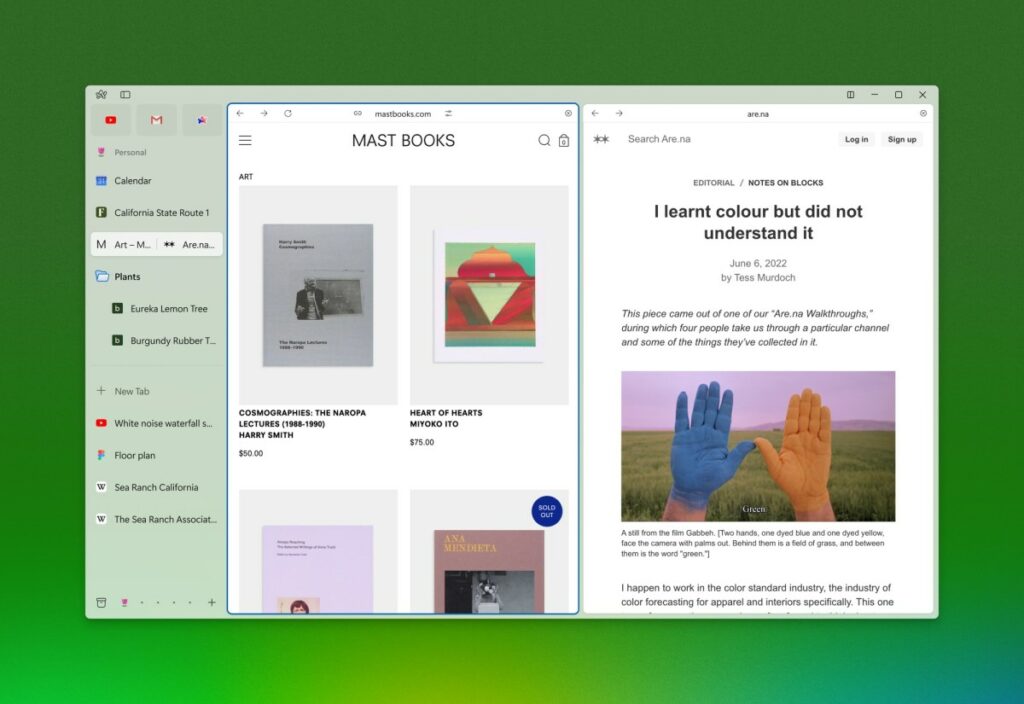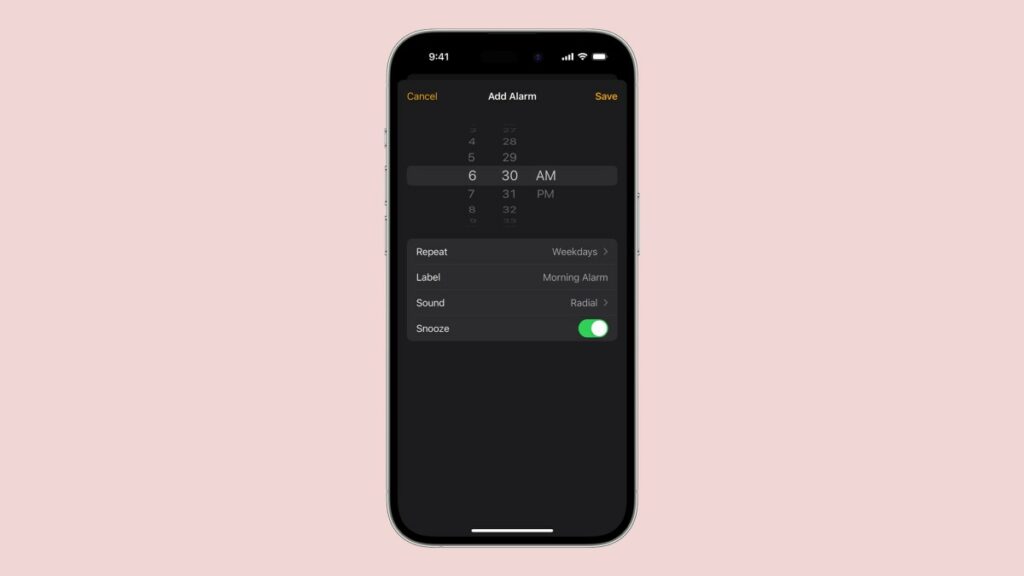The U.S. Federal Trade Commission, along with two other international consumer protection networks, announced on Thursday the results of a study into the use of “dark patterns” — or manipulative design techniques — that can put users’ privacy at risk or push them to buy products or services or take other actions they otherwise wouldn’t have. In an analysis of 642 websites and apps offering subscription services, the study found that the majority (nearly 76%) used at least one dark pattern and nearly 67% used more than one.
Dark patterns refer to a range of design techniques that can subtly encourage users to take some sort of action or put their privacy at risk. They’re particularly popular among subscription websites and apps and have been an area of focus for the FTC in previous years. For instance, the FTC sued dating app giant Match for fraudulent practices, which included making it difficult to cancel a subscription through its use of dark patterns.
The release of the new report could signal that the FTC is planning to pay increased attention to this type of consumer fraud. The report also arrives as the U.S. Department of Justice is suing Apple over its alleged App Store monopoly — a marketplace that generates billions in billings and sales for digital goods and services, including those that come through subscription apps.
The new report published Thursday dives into the many types of dark patterns like sneaking, obstruction, nagging, forced action, social proof and others.
Sneaking was among the most common dark patterns encountered in the study, referring to the inability to turn off the auto-renewal of subscriptions during the sign-up and purchase process. Eighty-one percent of sites and apps studied used this technique to ensure their subscriptions were renewed automatically. In 70% of cases, the subscription providers didn’t provide information on how to cancel a subscription, and 67% failed to provide the date by which a consumer needed to cancel in order to not be charged again.
Obstruction is another common one found in subscription apps; it makes it more difficult or tedious to take a certain action, like canceling a subscription or bypassing the sign-up for the free trial, where the “X” to close the offer is grayed out and somewhat hidden from view.
Nagging involves repeatedly asking the consumer to perform some sort of action that the business wants them to take. (Though not a subscription app, one example of nagging is how TikTok often repeatedly prompts users to upload their contacts to the app, even after the user has said no.)
Forced action means requiring the consumer to take some sort of step to access specific functionality, like filling out their payment details to participate in a free trial — something that 66.4% of the websites and apps in the study had required.
Social proof, meanwhile, uses the power of the crowd to influence a consumer, usually to make a purchase, by displaying metrics related to some sort of activity. This is particularly popular in the e-commerce industry, where a company will display how many others are browsing the same product or adding it to their cart. For subscription apps, social proof may be used to push users to enroll in the subscription by showing how many others are doing the same.
The study found that 21.5% of websites and apps they examined had used notifications and other forms of social proof to push consumers towards enrolling in a subscription.
Sites can also try to instill a sense of urgency to get consumers to buy. This is something seen regularly on Amazon and other e-commerce sites, where people are alerted to low stock, prompting them to check out quickly, but may be less commonly used to sell subscriptions.
Interface interference is a broad category that refers to ways the app or website is designed to push the consumer to make a decision that’s favorable for a business. This could include things like pre-selecting items, like longer or more expensive subscriptions — as 22.5% of those studied did — or using a “false hierarchy” to visually present more favorable options for the business more prominently. The latter was used by 38.3% of businesses in the study.
Interface interference could also involve something the study referred to as “confirmshaming” — meaning using language to evoke an emotion to manipulate the consumer’s decision-making process, like “I don’t want to miss out, subscribe me!”
The study was conducted from January 29 through February 2 as part of the International Consumer Protection and Enforcement Network’s (ICPEN) annual review, and included 642 websites and apps offering subscriptions. The FTC is assuming the presidency role at ICPEN for the 2024-2025 timeframe, it noted. Officials from 27 authorities in 26 countries participated in this study, using dark pattern descriptions set up by the Organization for Economic Cooperation and Development. However, the scope of their work was not to determine if any of the practices were unlawful in the impacted countries; that’s for the individual governments to decide.
The FTC participated in ICPEN’s review, which was also coordinated with the Global Privacy Enforcement Network, a network of more than 80 privacy enforcement authorities.
This isn’t the first time the FTC has examined the use of dark patterns. In 2022, it also authored a report that detailed a range of dark patterns, but that wasn’t limited to only subscription websites and apps. Instead, the older report looked at dark patterns across industries, including e-commerce and children’s apps, as well as different types of dark patterns, like those used in cookie consent banners and more.


